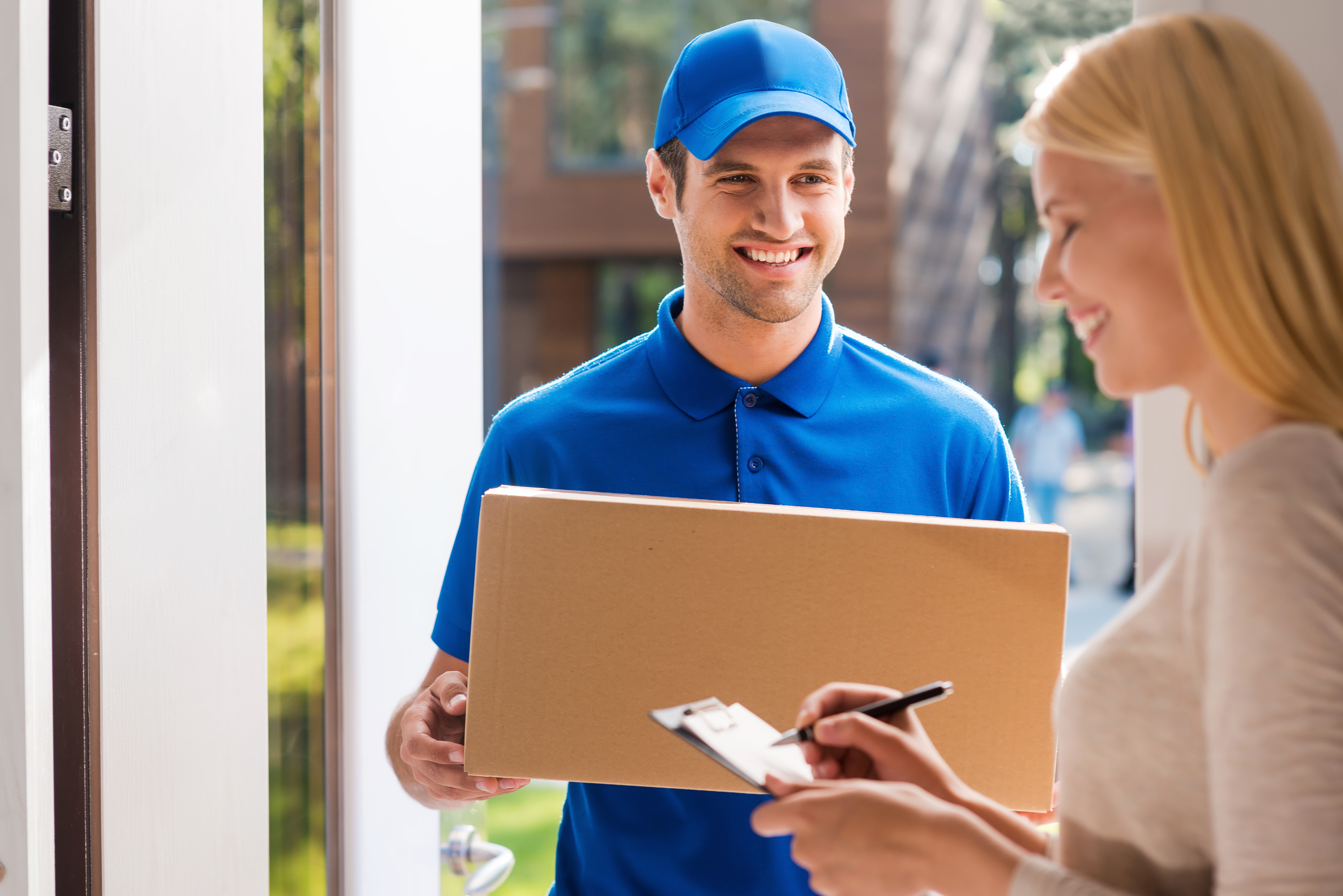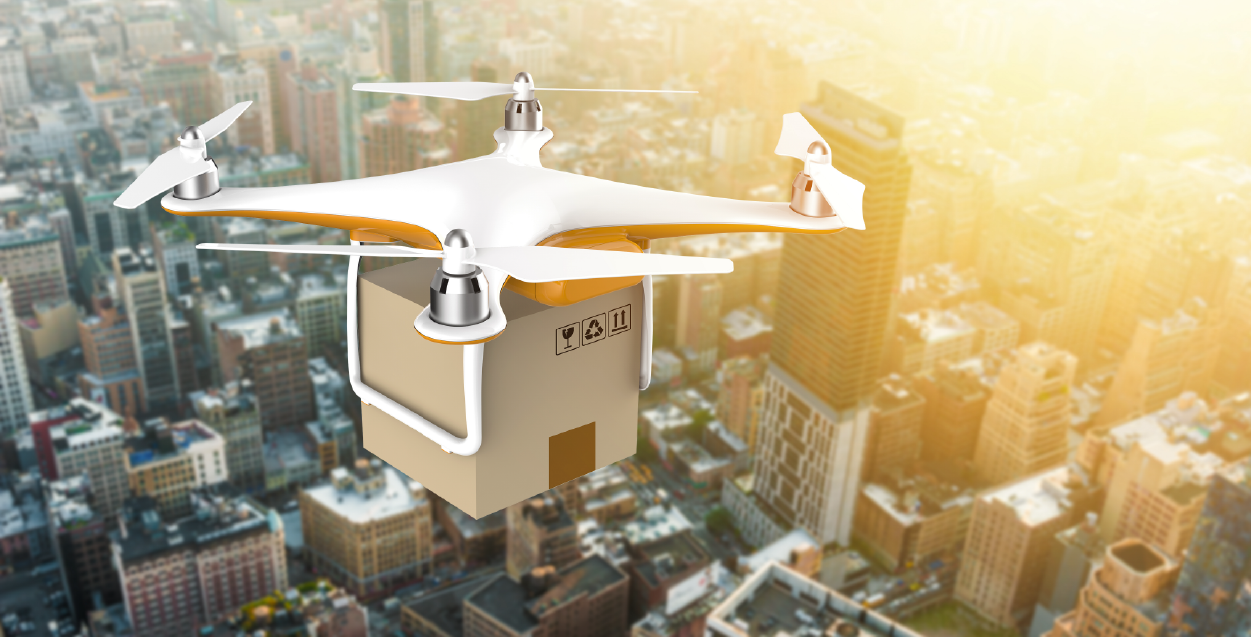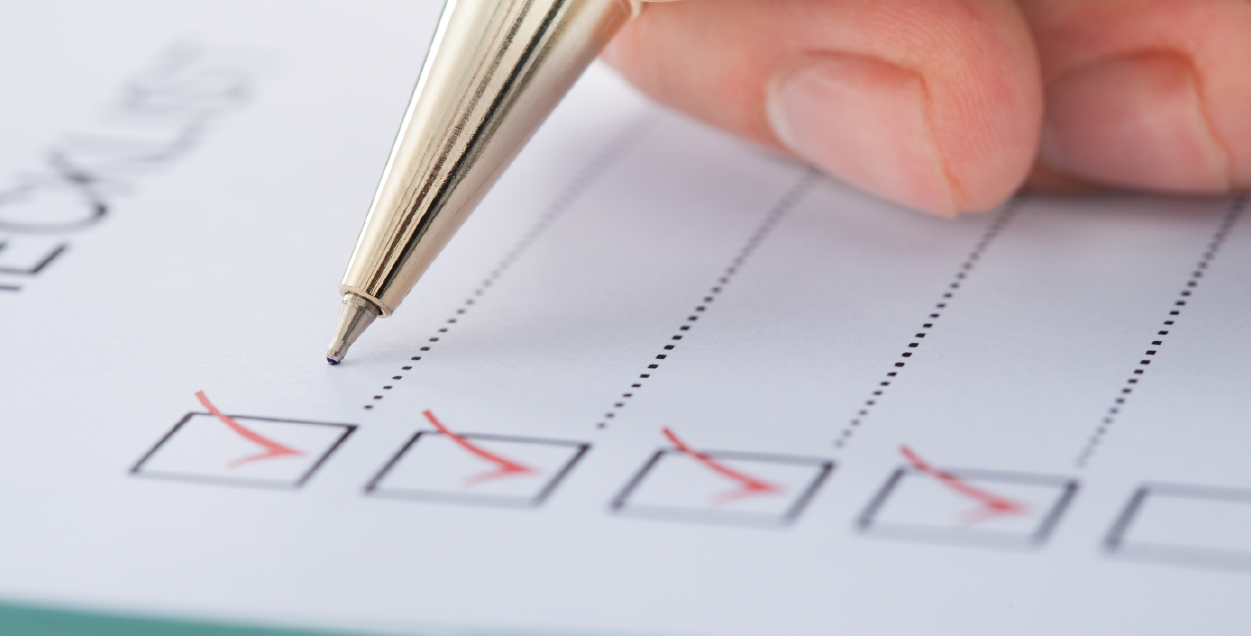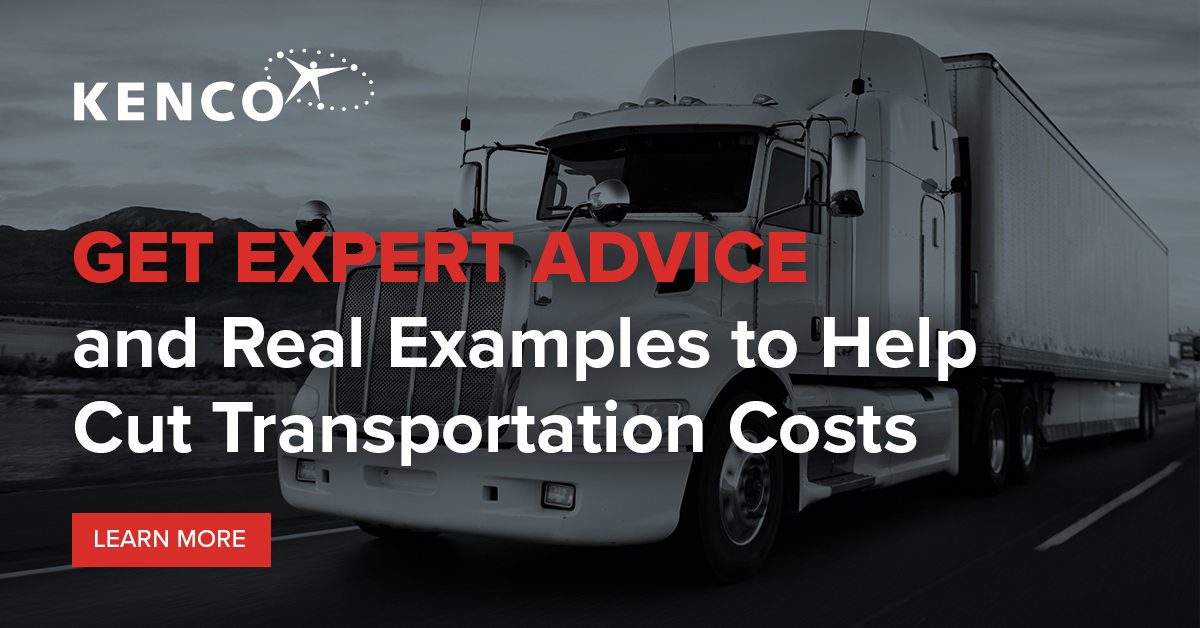
Companies are under constant pressure to meet the expectations of a “need-it-now” society. This urgency, along with the massive growth in e-commerce and online ordering, has placed an even greater emphasis on last-mile delivery: the final and most critical leg for when an order arrives at a customer's door. The last-mile serves as the physical touchpoint with your customers, greatly influencing customer satisfaction and setting customer expectations for future orders. The last-mile has become a driver for new efficiencies, and organizations are constantly looking to balance customer satisfaction and delivery optimization, bringing the final leg of delivery into the spotlight.

Still, whether it’s constantly changing routes, rising fuel costs, or the high price of delivering orders to individual locations, the last-mile has been historically inefficient. This final leg is an opportunity to win over customer perception, making it imperative that you optimize last-mile logistics and keep a pulse on current delivery innovations and emerging technologies. Furthermore, focusing on your last-mile plan is critical for both overhead and customer satisfaction ratings.
Below are three ways you can improve your last-mile delivery strategy:
#1 Enhance Visibility
Transparency is an integral part of any shipping option, and customers expect to receive real-time updates on their orders. Customers want to know: Where is my package currently? What carrier is delivering my package? When can I expect my order to be delivered? All of these questions can be answered with a click of a button if companies and their suppliers collaborate on supply chain visibility.
![]()
GPS-enabled trucks, trains, boats, and aircrafts can share real-time data, enabling visibility into the shipping process and establishing a level of trust and transparency with customers. Emphasizing visibility cuts down on customer service inquiries and reduces customer frustrations, helping to build customer loyalty. In fact, many customers choose to order from a particular online platform if they offer quick delivery and high levels of visibility. On the flip side, if a retailer fails to provide order updates or has slow deliveries, they may lose business.
#2 Consider Emerging Technologies
Emerging technologies like blockchain and self-driving vehicles are poised to improve last-mile delivery and enhance the customer experience. Though drones are not expected to be delivering packages throughout every neighborhood in the next year, significant progress has been made by industry leaders this year. Experimentation with ground-based drones in urban areas is providing greater potential with less regulation to overcome. In the future, these kinds of innovative technologies will be front and center in the supply chain, and companies will need to evaluate and adopt the right innovations to remain competitive.

#3 Proactively Plan
Technology is not the only component in perfecting your last-mile strategy. While keeping your customers happy is a high-priority, so are quality and costs. Streamlining last-mile delivery is an important initiative but requires a significant investment in innovative technologies. Too often, the pressure to meet customers’ expectations overshadows the cost of achieving supply chain velocity. When companies prioritize getting orders to customers as fast as possible over costs, the result is a loss of a steady stream of profit. To achieve success, your organization should be able to get past every mile in the process without wasting resources.
Proactive planning is crucial to optimizing the last leg. In particular, dynamic route planning is essential, as it adapts to constantly changing parameters in real-time situations. Back in 2004, UPS started instructing drivers to not make left turns during their routes, saving the company more than 10 million gallons of fuel, emitting 20,000 fewer tons of carbon dioxide, and leading to the delivery of 350,000 more packages. Most recently, they have developed their own navigation app for their drivers, which significantly improves visibility and efficiency. Given that the last-mile accounts for a large portion of a business’ overall delivery costs, it is a smart business practice to make it a strategic focus for optimization.
To conquer the last-mile, it is important to create an efficient and effective delivery strategy. Whether it is improving visibility, adopting emerging technologies, or dynamically planning, the goal is to provide a great customer experience without sending your delivery costs through the roof. Instead of being a pain point, an optimized final leg of delivery can turn into a true differentiator for your business that promotes customer loyalty.




